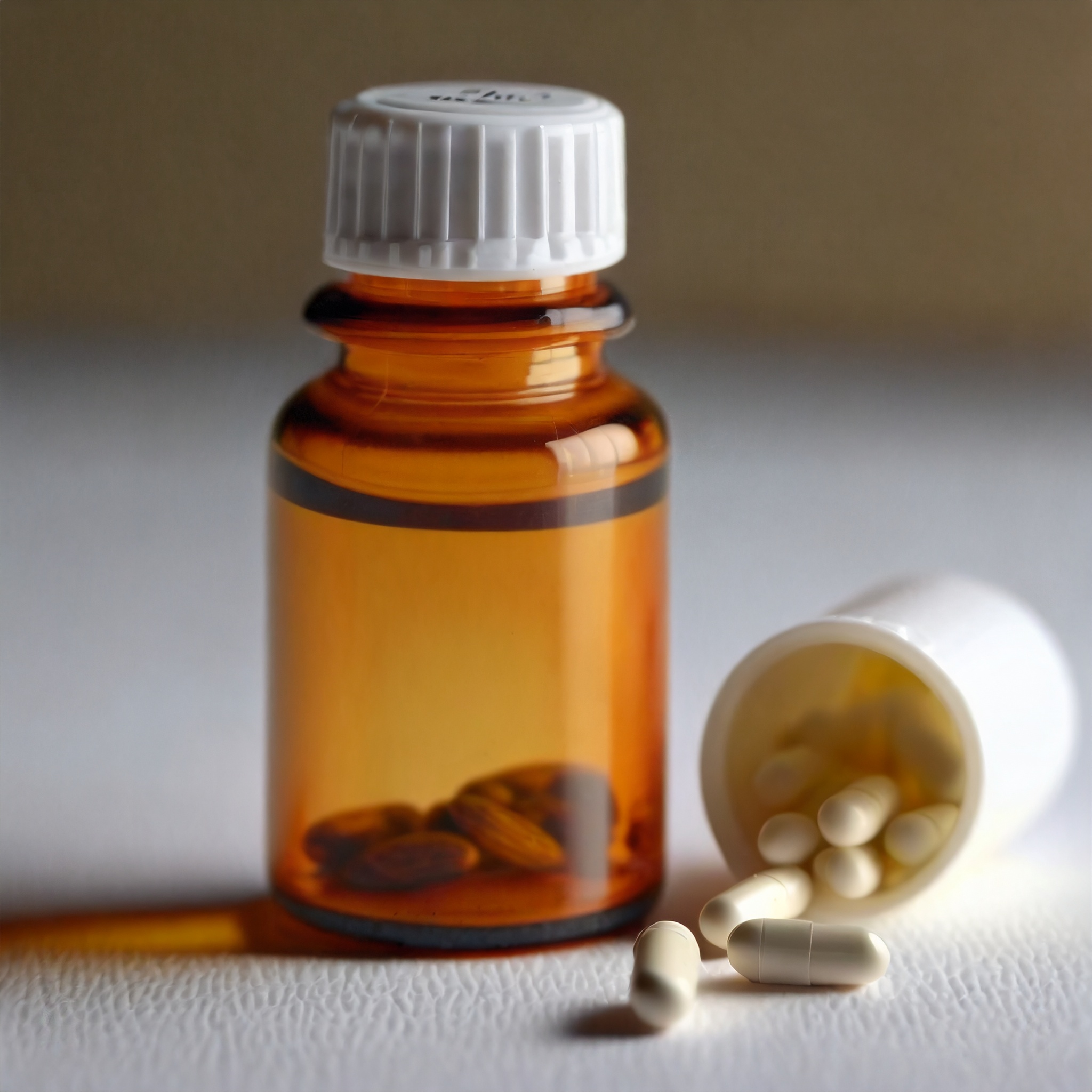
Pharmaceuticals
Contamination by human and veterinary pharmaceutical derivatives refers to the undesirable presence of drug residues in the environment, including water, soil, and living organisms. This contamination can occur at various stages, including production, consumption, and disposal of medications. Main sources include releases from pharmaceutical facilities, wastewater discharges containing drug residues, and uncontrolled use of veterinary drugs in agriculture. Pharmaceutical contamination raises environmental and health concerns, impacting ecosystems and posing risks of antibiotic-resistant bacteria emergence. Conventional wastewater treatment methods may not efficiently remove these compounds, contributing to their persistence. Efforts are underway to develop advanced treatment technologies and sustainable pharmaceutical waste management practices. Regulations aim to limit releases and promote environmental monitoring to assess the extent of contamination by pharmaceutical derivatives.
